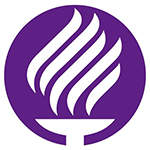Monterrey Institute of Technology is a highly influential institution of higher learning in Mexico and even Latin America. Here is a detailed introduction:
Introduction: Monterrey Institute of Technology is a private university that aims to cultivate professionals with innovative spirit, social responsibility and international vision. It provides high-quality education in multiple disciplines and has sent a large number of outstanding graduates to Mexico and the world. It plays an important role in promoting scientific and technological innovation, social development and cultural exchange.
Overview: The school has 31 campuses in 25 cities in Mexico and 22 liaison offices in 15 countries. It has about 15,897 students, including 1,589 international students, of which 43% are female. It offers courses from high school to doctoral level, covering engineering, management, social sciences, arts and humanities, medicine and many other fields.
History: It was founded on September 6, 1943 by local businessman Eugenio Garza Sada. The original school was located at 858 Abasolo, but was later expanded due to insufficient space. In 1947, the Monterrey campus was opened. In 1950, it became the first foreign university to be accredited by the Southern Association of Colleges and Schools (SACS). In the late 1960s, it began to expand outside Monterrey, and in 1989 it became the first university in Latin America and the Spanish-speaking world to access the Internet.
Date of establishment: Officially established on September 6, 1943.
School strength: high academic level, outstanding performance in multiple disciplines, in the QS 2024 subject rankings, social sciences and management ranked 36th, engineering and technology ranked 61st. The faculty team is strong, with many experienced and outstanding scholars. The scientific research results are fruitful, focusing on eight strategic research areas such as biotechnology and food, mechatronics and engineering, and conducting international cooperative research.
Nature of the institution: a private non-profit institution, with funding sources including tuition, donations, scientific research funding, etc., dedicated to the development of education and scientific research, not directly managed by the government, but supervised by the education department.
Educational philosophy: Cultivate talents who promote change through education, emphasize "becoming" rather than "owning", "serving others" rather than "possessing materials", focus on cultivating students' sense of responsibility and control over their own lives, and expect students to promote the transformation of others and society through their own actions.
Key laboratories and disciplines: No key laboratories have been identified yet. Strong in disciplines such as engineering, business, and medicine. The engineering discipline focuses on practice and innovation, providing technical support for Mexico's industrial development; the business discipline has cultivated a large number of outstanding management talents; the medical discipline has achieved remarkable results in teaching and scientific research.
Faculty: There are business schools, social sciences and government schools, medical schools, engineering and science schools, humanities and education schools, and architecture, art and design schools. Each school is relatively independent and collaborative in teaching, scientific research, and talent training.
Ranking: Ranked 185th in the QS 2025 World University Rankings, 601-800 in the 2024 Times Higher Education World University Rankings, and 4th in the 2023 Latin American University Rankings.
Cost: Tuition varies by course and campus, and also distinguishes between local and foreign students. Undergraduate tuition for local students starts at a minimum of US$728 per year, and for foreign students it is at least US$7,016 per year; at the master's level, local students pay US$728 per year, and foreign students pay US$15,000 per year; doctoral degrees are free for some students. The school offers scholarships and grants to help students reduce financial pressure.
Campus environment: Each campus has advanced facilities, equipped with modern libraries, laboratories, student dormitories, sports facilities, etc., to meet students' learning, scientific research and living needs. The campus culture is rich and diverse, with various clubs and annual activities, providing students with a platform to showcase their talents and interact with each other, and promoting their all-round development.
-
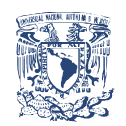
National Autonomous University of Mexico
-

Anahuac University of North Mexico
-

Universidad Autonoma de Guadalajara
-
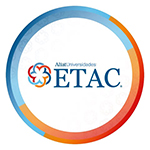
Universidad ETAC
-

Meritorious Autonomous University of Puebla
-
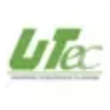
Technological University of Tulancingo
-
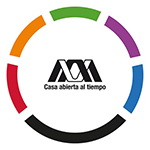
Metropolitan Autonomous University
-
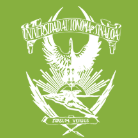
Autonomous University of Sinaloa
-
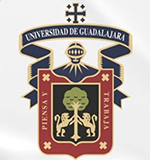
University of Guadalajara
-

Technological University of Huejotzingo
-

Mesoamerican University
-

Istmo University
-

Mariano Galvez University of Guatemala
-

Regional University of Guatemala
-

Galileo University
-

Francisco Marroquín University
-

Rafael Landívar University
-

University of the Valley of Guatemala
-

University of San Carlos of Guatemala
-

Technological Institute of Tlaxcala Plateau
-

Golfo University
-

Technological University of South Sonora
-

Technological University of Huejotzingo
-

Tizimín Institute of Technology
-

Chilpancingo Institute of Technology

